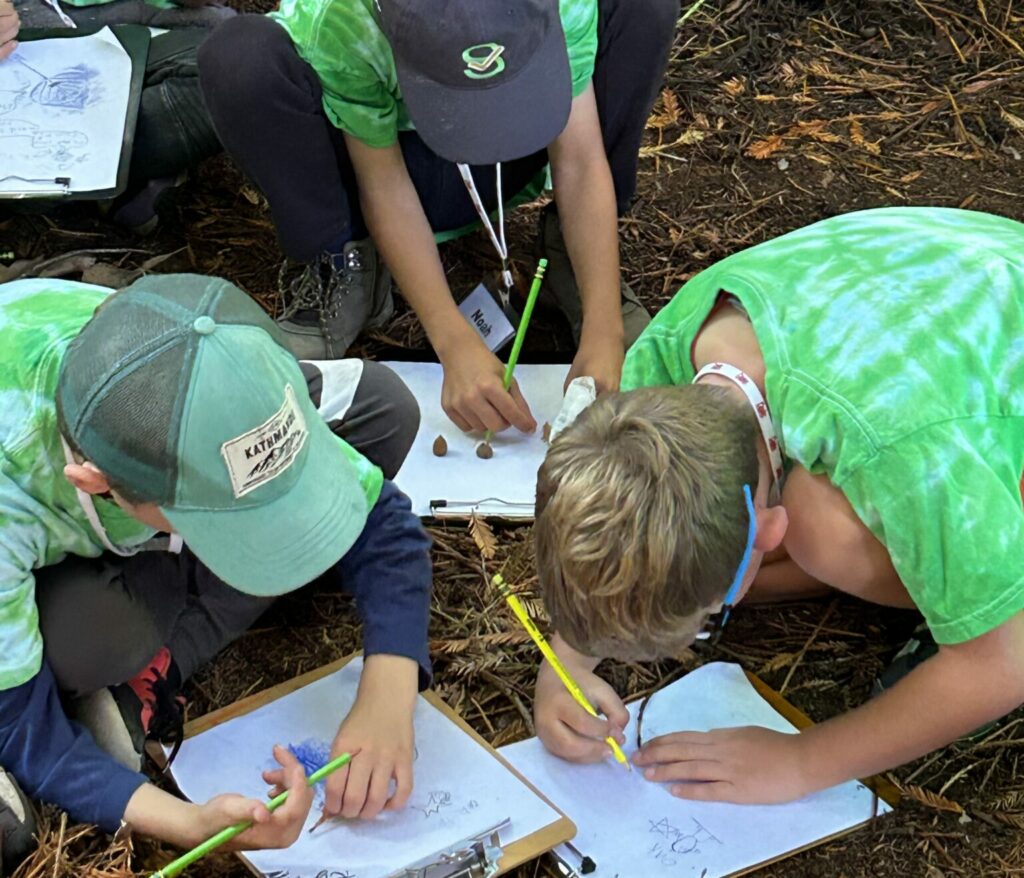
Environmental Education
With a place-based, experiential learning approach, our free Environmental Education Program connects students with nature and promotes ecological literacy, environmental stewardship, and social-emotional learning with field trips that integrate science, natural history, and art.
Age-appropriate classes are consistent with Next Generation Science Standards (NGSS) and take an ecosystem-level approach to understanding subjects such as the structure of a watershed, species adaptations and life cycles, and the secrets of old growth redwood forests – weaving together a web of interactions of which our students are a vital part. This free service to the community facilitates children’s relationship to the land, instilling in them a conservation ethic from a young age.
Our program includes public and charter schools, home school programs, and groups like scouts, 4-H, the Boys & Girls Club, and the Community Partnership for Youth in Monterey County. We are committed to providing this service to all communities and offer bussing scholarships to schools in need, with over 40% of our classes coming from underserved schools thanks to dedicated support from the Carmel River Watershed Conservancy.
Our Outdoor Classrooms
Potrero Canyon
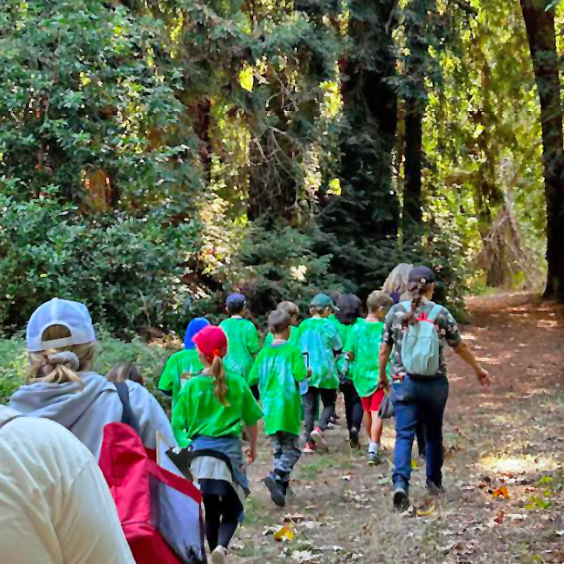
Join us in the old growth redwood forest at Potrero Canyon on the Santa Lucia Preserve! Coast redwoods stand together with oaks, sycamores, and red alders along Potrero Creek where salamanders slither, owls hoot, butterflies flutter, and coyotes build their dens. Wildlife cameras capture the immense density of wildlife on The Preserve: bobcats, black bears, mountain lions, skunks, opossums, turkeys, foxes, and so much more. Potrero Canyon gives students the opportunity to explore a dense and intact redwood forest perfect for learning about Rumsen Ohlone history, observing seasonal change, and studying biodiversity including mammals, amphibians, insects, and owls.
Rancho Cañada
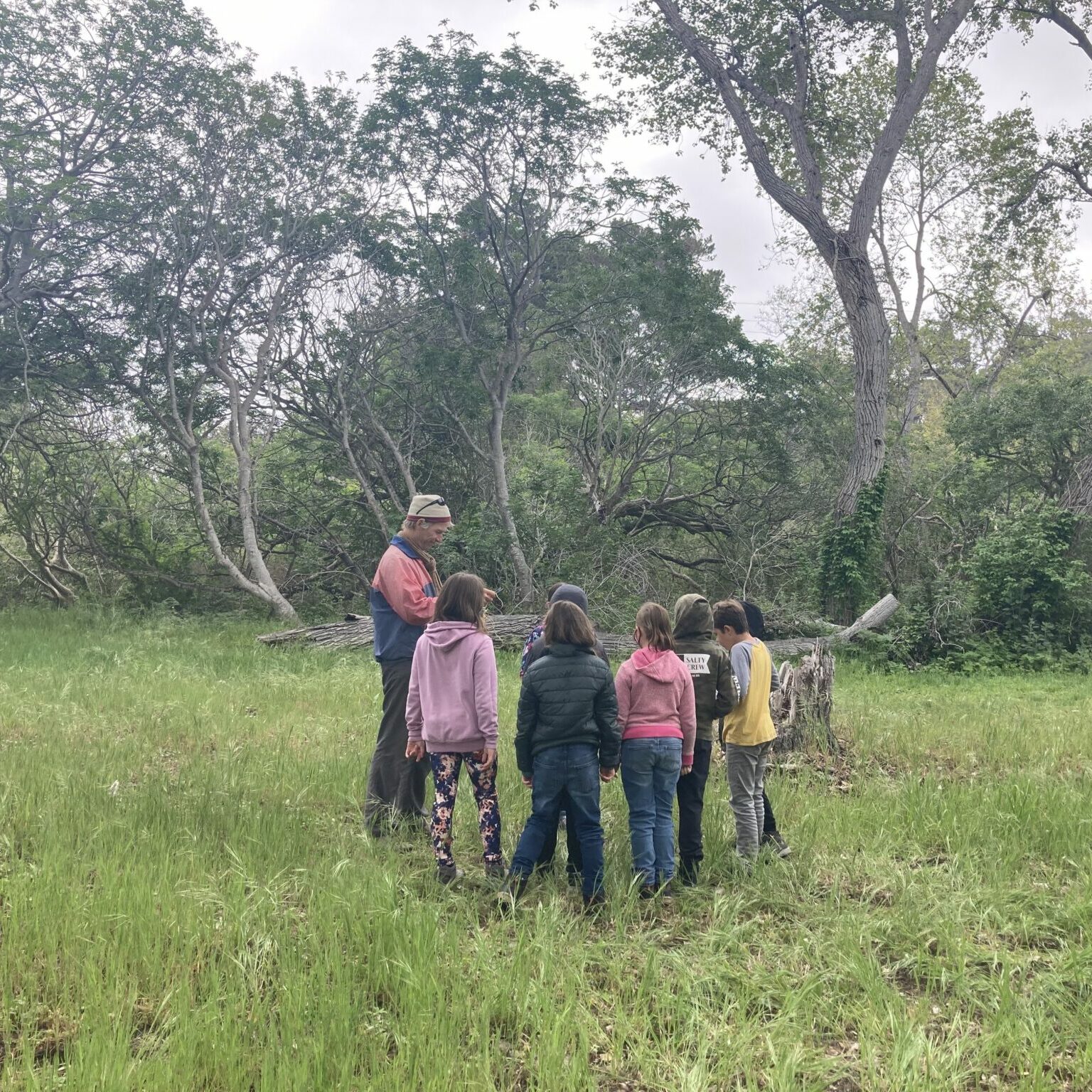
Come experience the Carmel River and open space at our outdoor classroom at Rancho Cañada, the easternmost section of Palo Corona Regional Park. This site is a perfect example of a habitat in transition — Once a floodplain, the area was converted into a golf course and is slated to be restored to a floodplain again. With direct access to the Carmel River and cottonwoods, willows, redwoods, and oaks dotting an expansive grassland, Rancho Canada has a wide trail network and is an excellent place to learn about the watershed, riparian species, raptors and grassland birds, environmental art and poetry, restoration efforts, and the wildlife corridor from the mountains to the sea.
Curated Course Offerings
Over 55,000 students, teachers, and adult chaperones have participated in the program since 1999, many returning to build on concepts from previous years. Committed environmental educators curate courses to target grades 1-12 and are happy to accommodate specific requests from teachers to tailor sessions to student needs and target specific curricula.
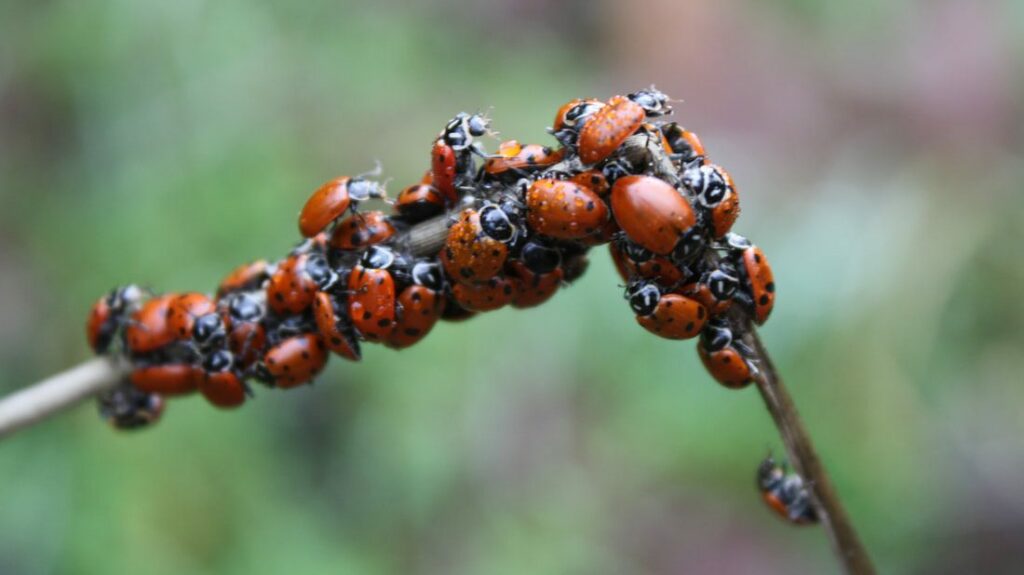
Seasonal Nature Walk
Grades: All levels
We combine hands-on ecology and natural exploration along the Carmel River or its tributary Potrero Creek. Scout for tracks, scat, birds, reptiles, amphibians, butterflies, and an amazing array of plants, from tiny wildflowers to staggering redwoods. This experience is ideal for first grade and suitable for all ages.
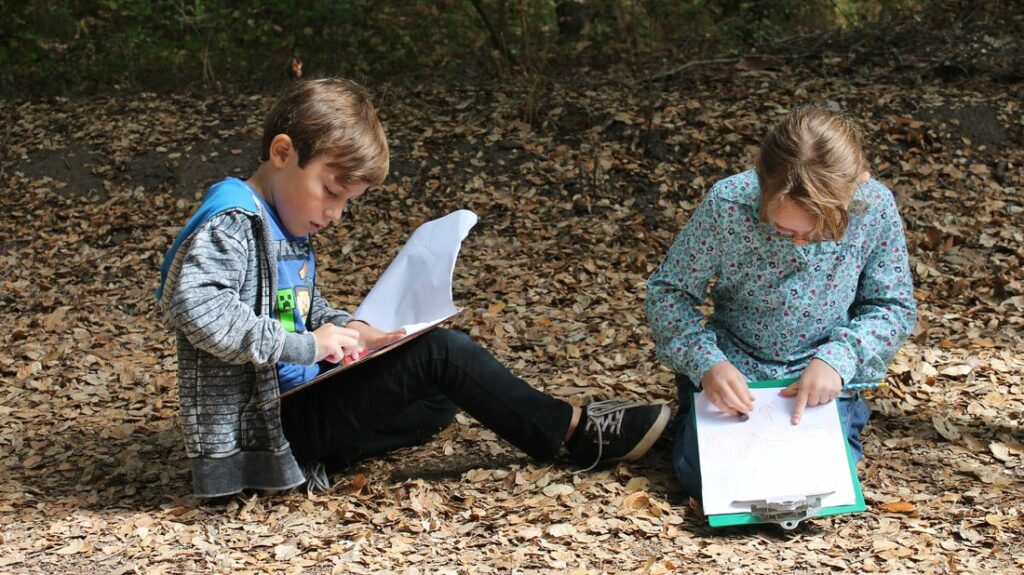
Nature Art & Poetry
Grades: 1st through 3rd
One of our most memorable classes infuses discovery with creativity. Come curious for an exciting nature walk, and stay for nature-inspired creative reflection through writing and art. We customize classes to the age and interests of each particular group.

All About Bugs
Grades: 1st and 2nd
Learn about the natural history of insects and other “mini-beasts” and observe them in their homes. We will go on a bug hunt in our highly diverse riparian ecosystem to search for insects in all stages of their lifecycle, which for butterflies includes the eggs, caterpillars, chrysalis, and adults.
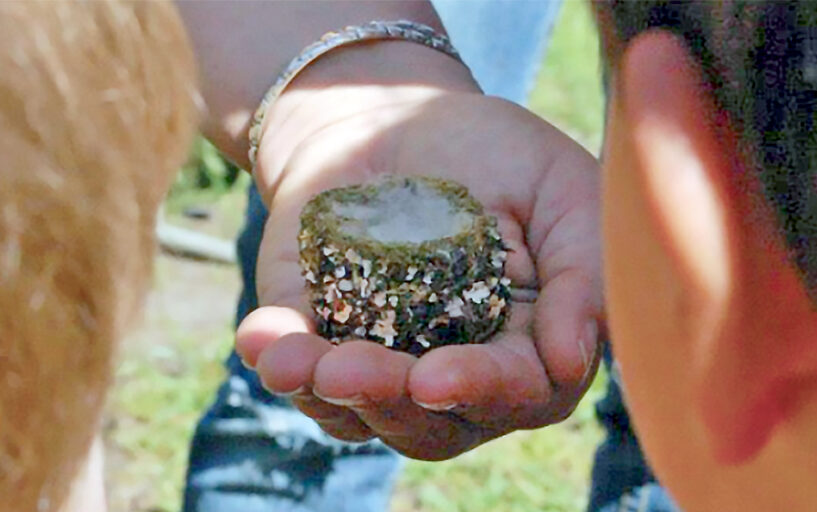
Habitat Studies / Ecoliteracy
Grades: 2nd
Journey into the world of animal habitats and discover what animals need to survive. Learn why the riparian habitat, known as the green “ribbon of life,” is a home to an amazing variety of plants and animals, some that exist nowhere else on earth. Discover the life cycle of insects, where animals make their homes and what birds use to make their nests. Enjoy trailside nature journaling and discover how plants, insects and animals are connected.
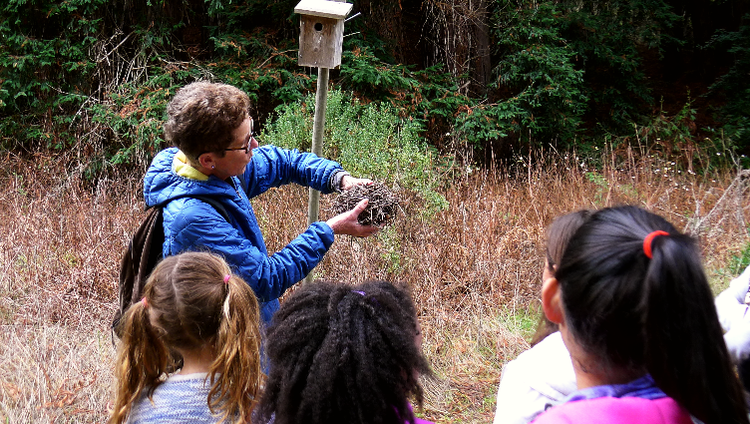
Building Houses for Cavity-Nesting Birds
Grades: 3rd through adult
This long-term, project-based learning opportunity benefits both students and native bird species. Learn about the migrating and resident birds that depend on abandoned woodpecker nesting holes or natural cavities formed from fallen branches. Students will build western bluebird nest boxes, learn what species of native birds might use them for egg laying, and the special habitats they need.
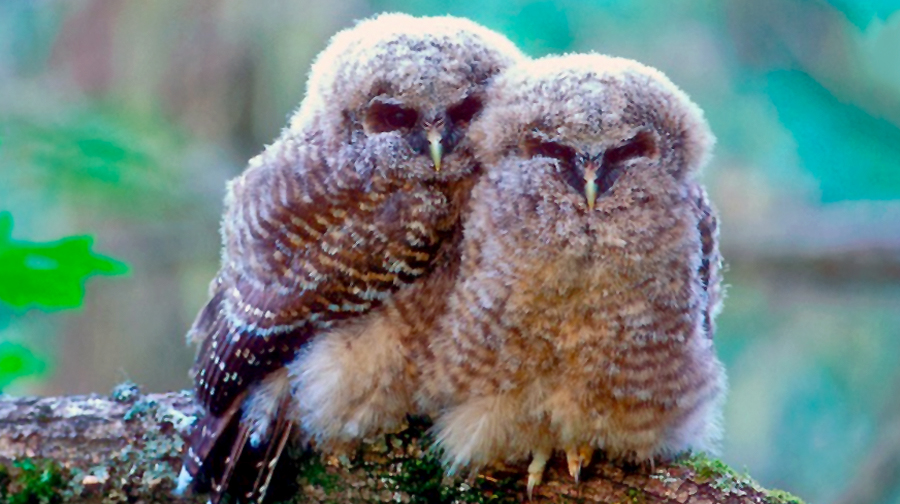
Owls in the Redwoods
Grades: 3rd through adult
The Preserve is home to a stunning diversity of over 150 different bird species and nine of those feathered residents are owls. Study the hidden and fascinating owls that vary wildly in appearance, habitat use, and in the calls they make. Discover their unique adaptations that make owls phantom flyers and super predators. Peek into the remarkable riparian habitat with towering old-growth redwoods and oak woodlands to find clues like feathers, pellets and nesting spots. Ready to learn which species says Who’s ‘Hoo’?
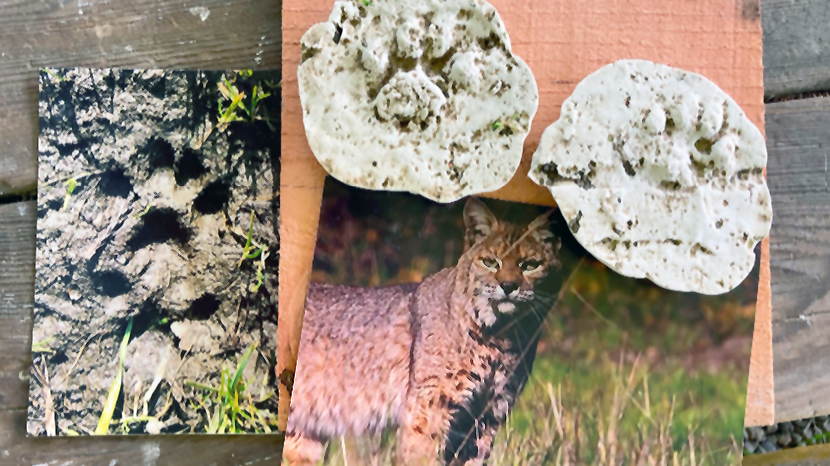
Mammal Adaptations
Grades: 3rd through adult
Uncover the secret lives of our wildlife residents, make a plaster cast of a local animal’s foot and track down your animal’s amazing adaptations for survival. Become a “nature detective” to discover tracks, scat, dens, and other indications of their presence.
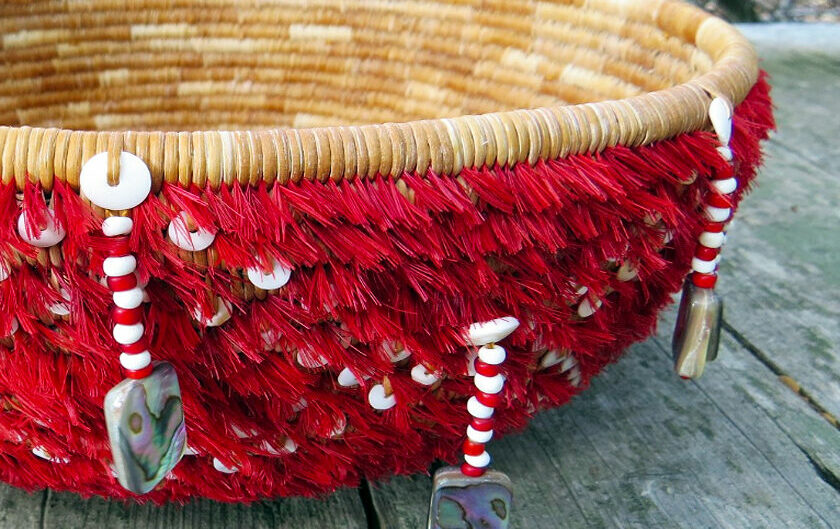
Rumsen Ohlone History
Grades: 3rd through adult
What was a typical day in Carmel Valley like for the Rumsen people? Living on the Monterey Peninsula for over 8,000 years before Europeans arrived, Rumsen people lived in reciprocity with the native plants, from which they collected seeds, acorns, berries, and materials for basketry.
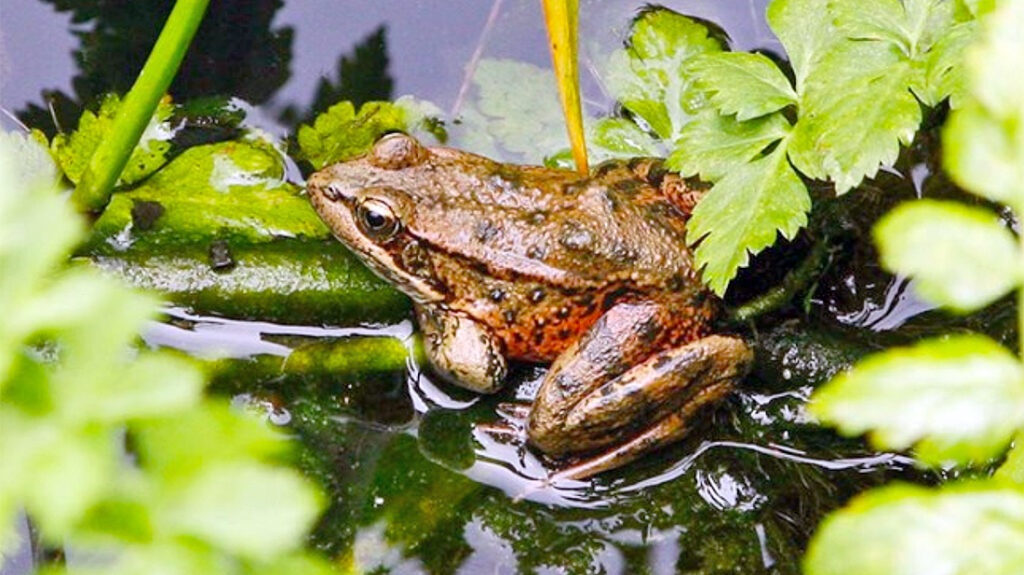
Intro to the Carmel River Watershed
Grades: 3rd through adult
Learn about the water cycle and explore how the Carmel Watershed works to funnel water from the tops of the Santa Lucia Mountains out to the sea. Discuss the biotic and abiotic factors that make watersheds possible and explore some of the species that depend on a healthy watershed for survival.
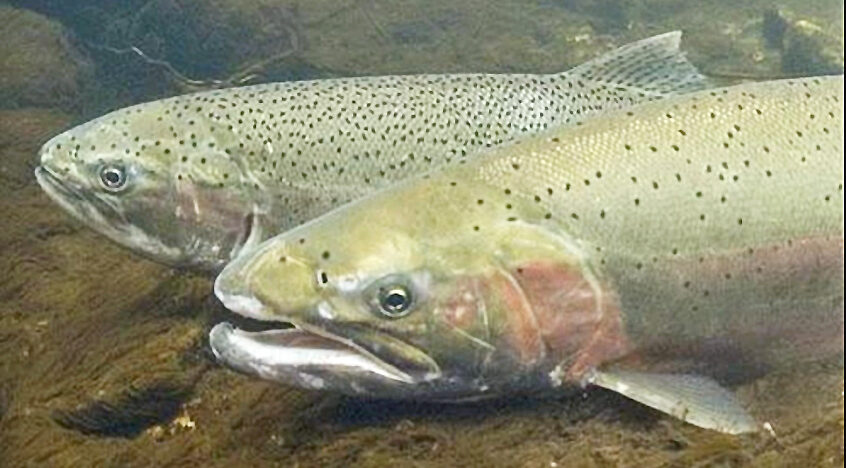
Watershed Studies: Biodiversity and Human Impact
Grades: 4th through adult
Study the Carmel River watershed and how it works to funnel water from the top of the Santa Lucia Mountains out to the sea. Explore some of the species that depend on a healthy watershed, steelhead ecology, and why biodiversity is vitally important. Learn how building dams, rerouting rivers and drawing water as a drinking source are examples of how humans directly impact water in watersheds.
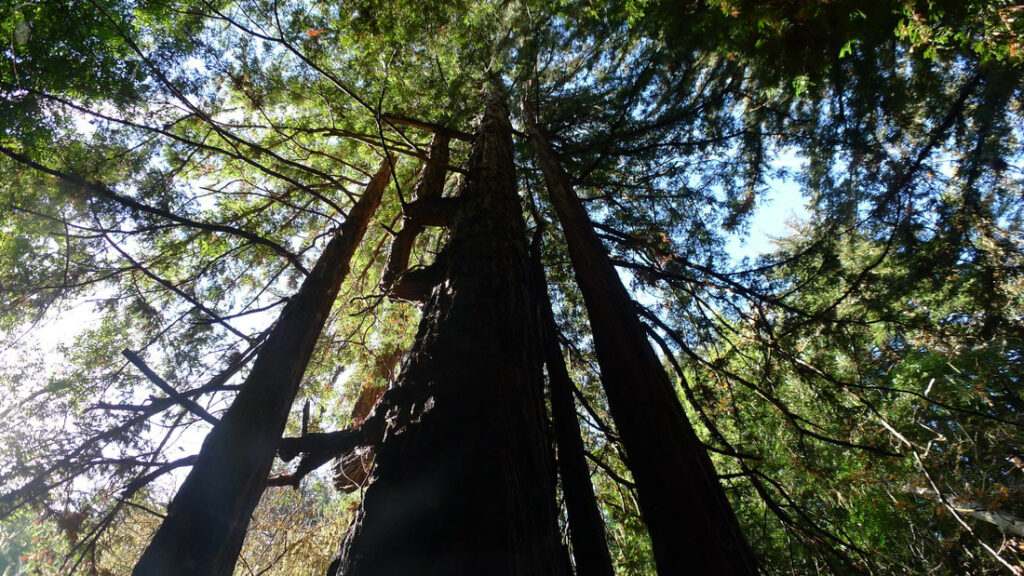
The Redwood Ecosystem
Grades: 5th through adult
Visit some of the last old-growth redwood groves of the southern range in Potrero Canyon and receive a hands-on introduction to the natural history, ecosystem, and conservation of our state tree. Funded in part by a grant from the Save the Redwoods League.
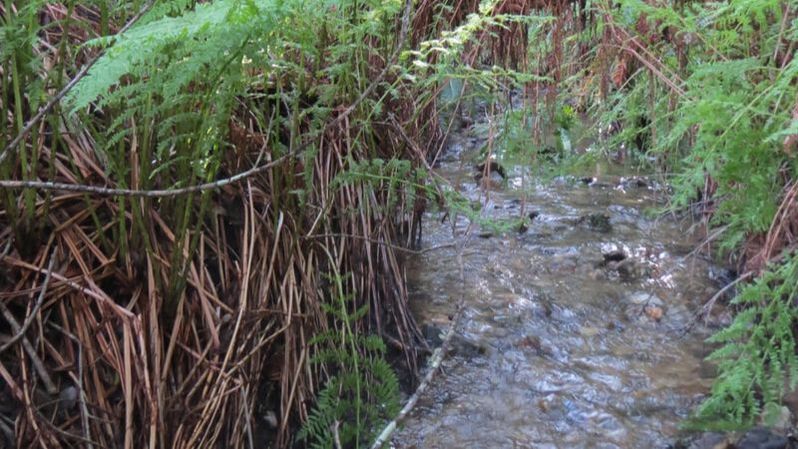
The Riparian Ecosystem
Grades: 5th through adult
The highest diversity of plants and animals live in streamside environments. Potrero Creek and the Carmel River give students an opportunity to interact directly with the environment while learning about microclimates and food webs, with abundant examples at our fingertips.
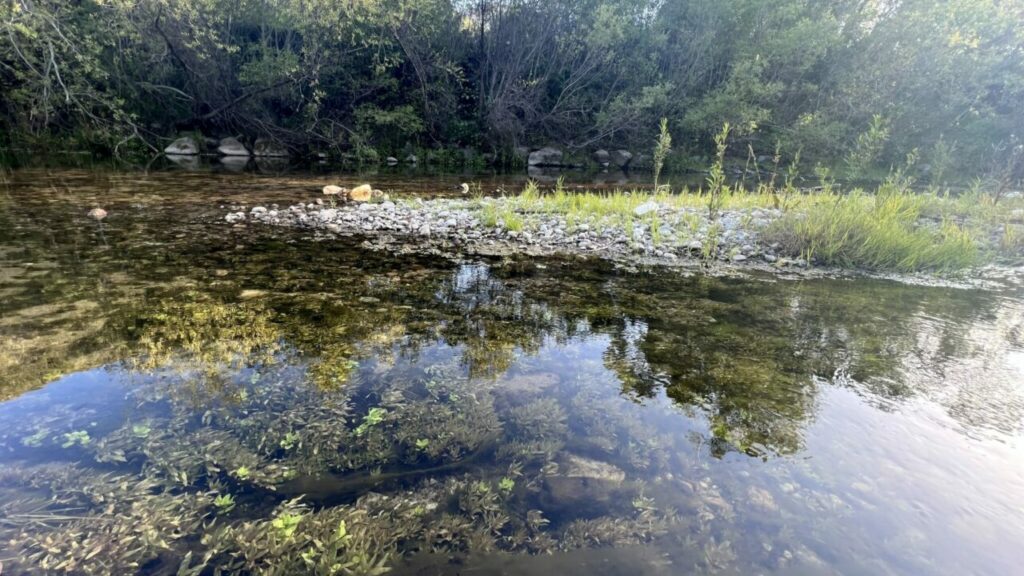
Watershed Structure and Function
Grades: 9th through 12th
Explore natural systems of the Carmel River Watershed, with an introduction to geology, hydrology, and ecosystem services. Discover how interacting components and biological processes form plant communities, floods, and habitat connectivity making a whole much greater than the sum of its parts. Ideal for Biology and AP Environmental Science.
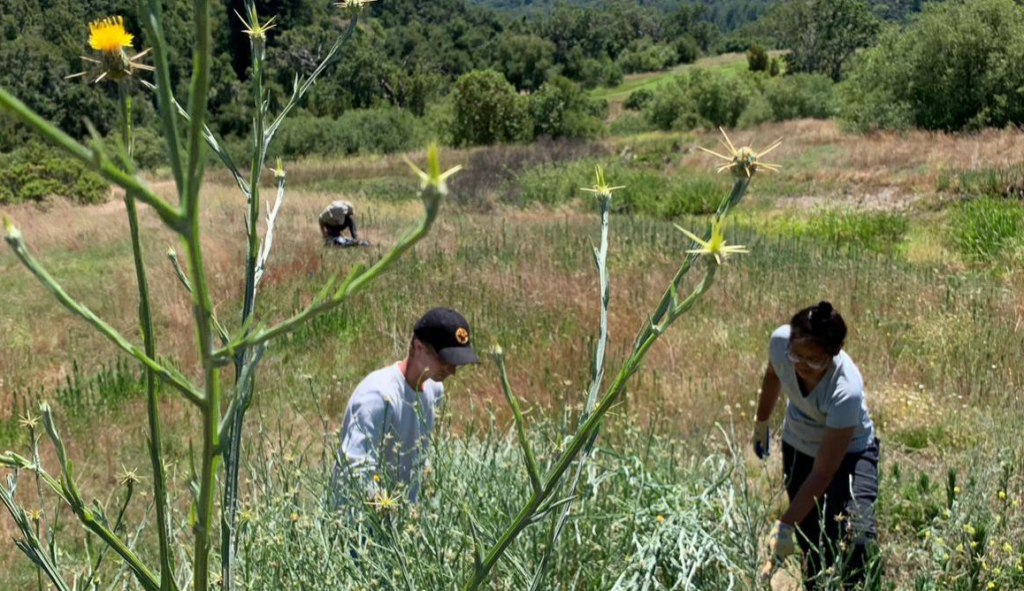
Restoration
Grades: 9th through 12th
Students will engage in a multi-year project to restore the riparian old-growth redwood ecosystem in the Potrero Canyon watershed. Restoration classes are scheduled during the wet season from January to April. Students learn about native and invasive plants, gain experience managing a virulent invasive species by hand pulling and/or using a wench to remove French Broom, and have the opportunity to give back to the land and be empowered by their capacity to make change through stewardship.
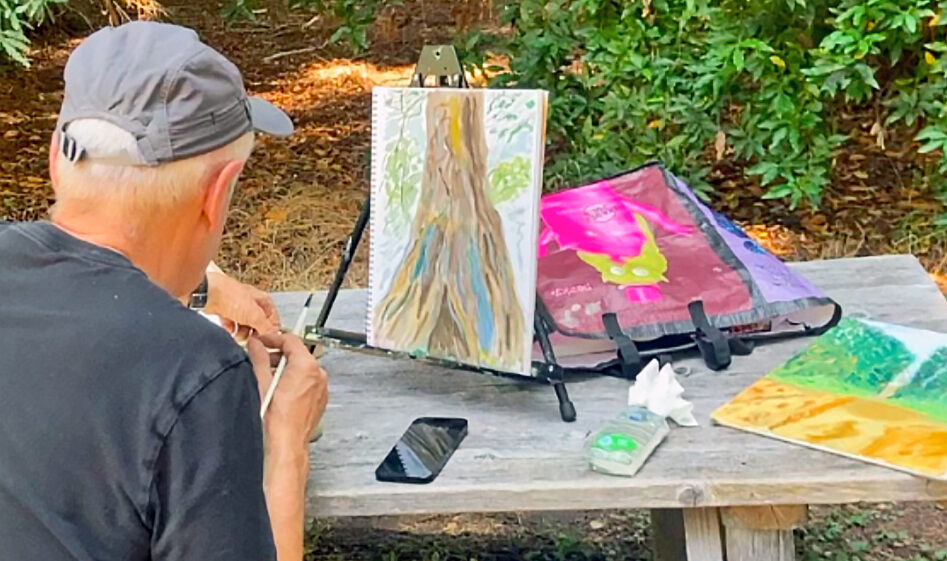
Courses for Adults
Offered by request
While we are happy to tailor sessions for all of our grade levels, we specifically invite post-secondary instructors or club leaders to contact us for course curation that fits into your curriculum or interest area. Our sites and staff offer excellent outdoor labs for science, history, art, and restoration.